
Basic Needs Biotic & Abiotic


Basic Needs Objectives:
- Provide examples of how limited resources and continual threats can impact organisms.
- Describe why organism care may need to be altered over time.
The fitness (survival and reproduction) of organisms is impacted by two groups of factors:
Limited Resources
-
Food/water
-
Territory
-
Potential mates
Continual Threats
-
Parasites
-
Predators
-
Environmental Change
Let’s apply this to the chia seeds that were planted previously. What are possibly limiting factors or potential threats to these seedlings?
Organism husbandry (care and breeding) attempts to maximize resources and remove potential threats.
Food & Water
Territory (space)
Potential Mates
Reduce Parasites
Remove Predators
Control Climate
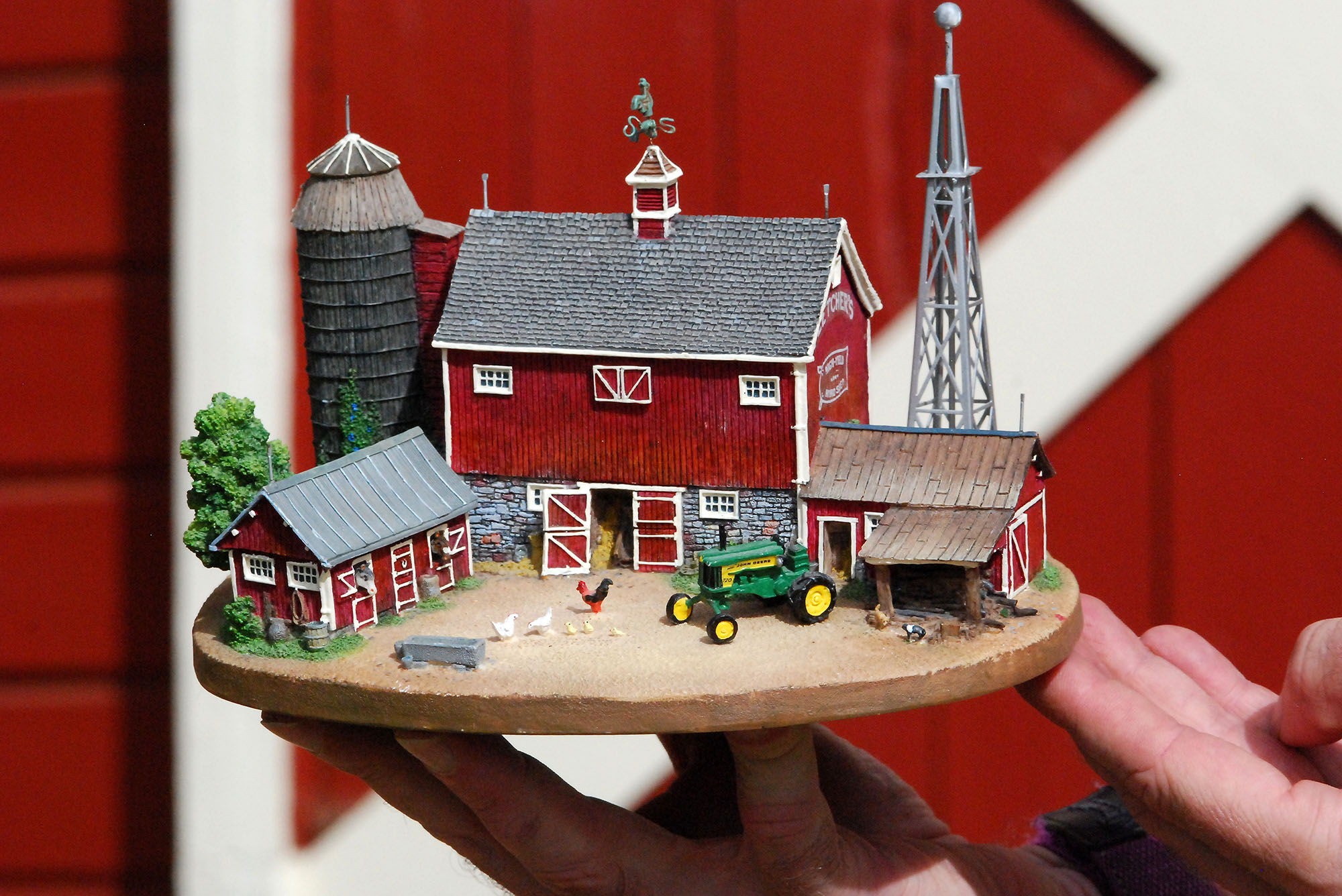
The significance of quality organism care is apparent if you have spent time on a farm. Consistent and knowledgable practices are essential for successful crops and maintenance of livestock.
Effective organism care requires continual observation and assessment of conditions.
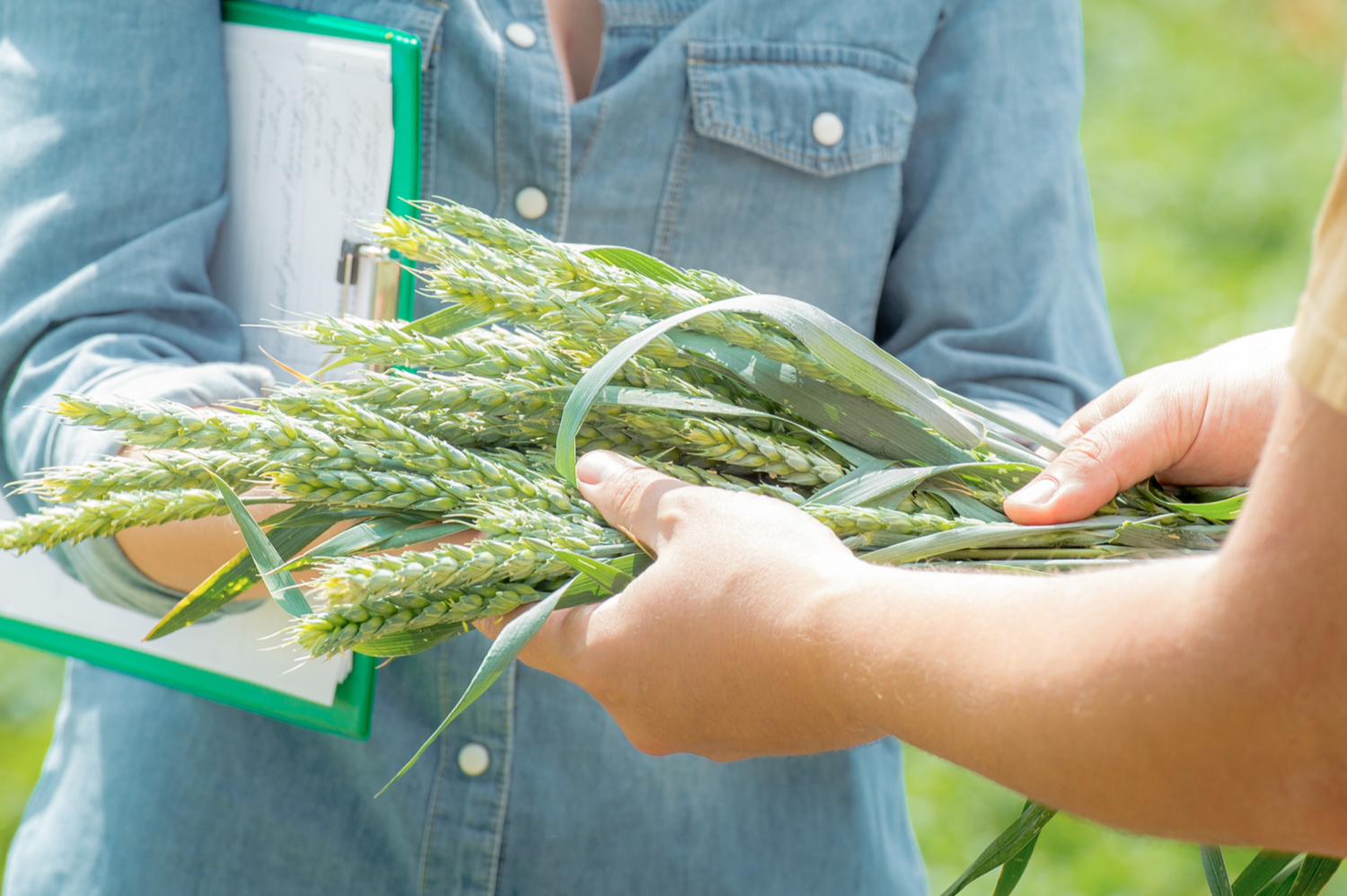
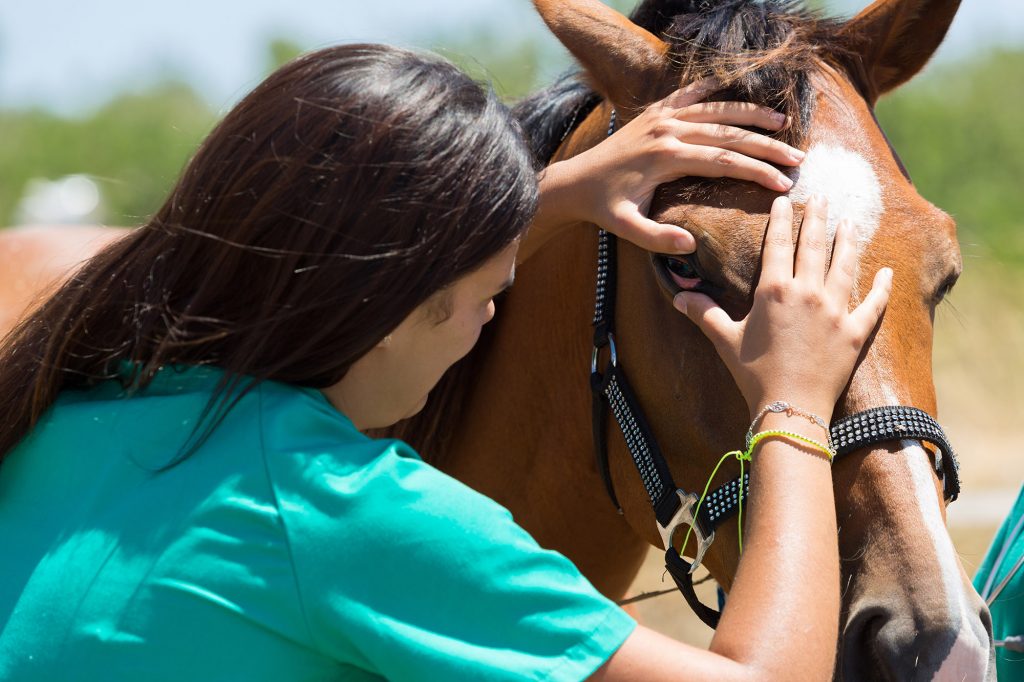
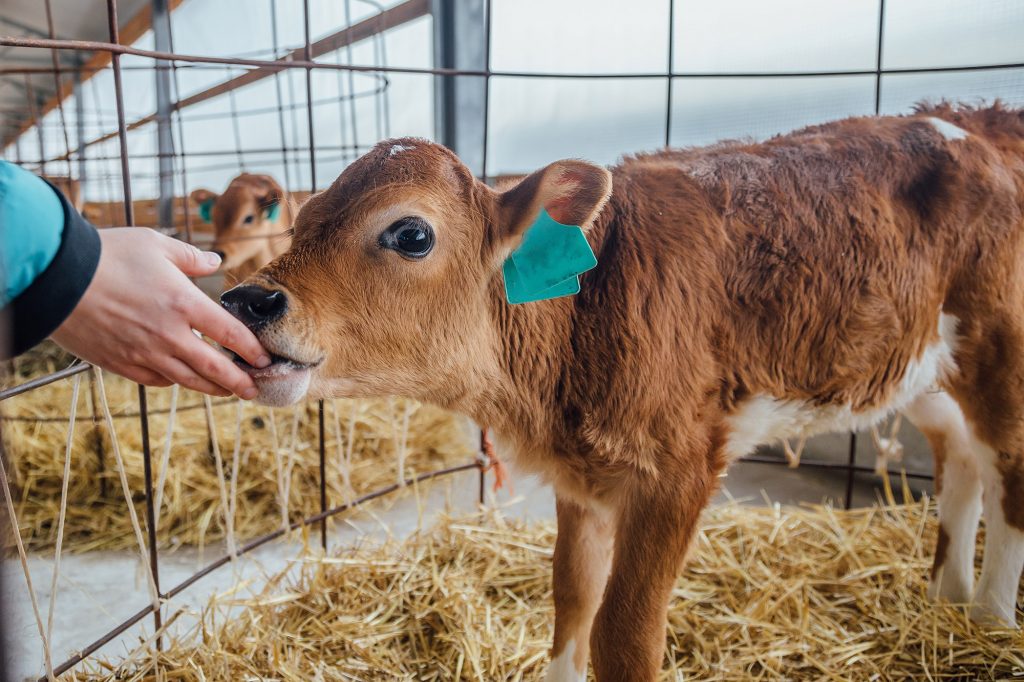
Often adjustments are made as an organism advances through life stages, whether it is early development or advanced aging.

Caretakers themselves also experience changing conditions and need to assess motivation, time, and resources. Some species can live many years and need more than one generation of caretakers.
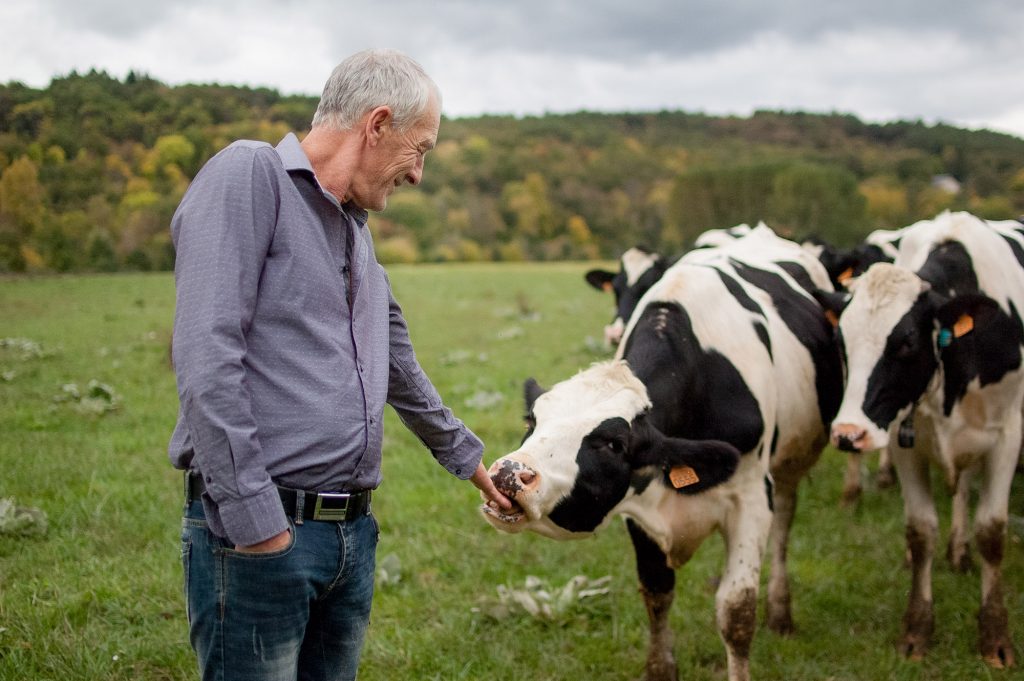
Often people experience organism care through pets.
In many cases, having two or more of an animal reduces the amount of care required, as the animals can interact with each other rather than depending on a caretaker for social interactions.
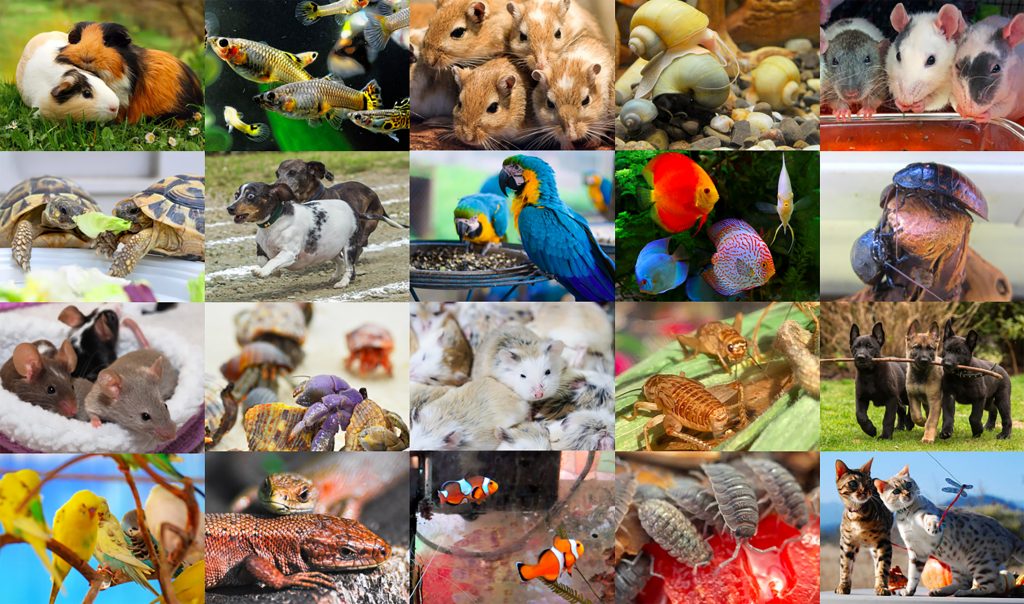
Typically adequate care is more likely when an animal is positively responsive. Cats purr, knead, and make gestures that elicit and reinforce human behaviors.
Efforts have to be made to not overlook organisms that don’t “ask” for attention and care.
In some cases, organism care requires monitoring a population over generations.
These are the parents of the Dubia roaches we met in a previous guide.
Flour beetles raised as food for small carnivores can also be interesting to study over time.
Organisms often require different foods at different life stages. Changes can be dramatic, essential (required) dietary nutrients can shift over time.
Hornworm larvae are sold as food for larger reptiles, but can also be raised on their own through their pupal and adult stages.
Some foods, like hornworm larvae food, have to be prepared fresh on a regular basis.
When taking care of organisms consider:
This might not be the most important moment in your day,
but it may be the most important moment in that organism’s day.
Now that you have completed this page, this may be the perfect time to start the related media piece on organism care.
The next section is a visit to tidal pools; organisms surviving rapid changes and extreme conditions.

Check your knowledge. Can you:
- Provide examples of how limited resources and continual threats can impact organisms?
- Describe why organism care may need to be altered over time?



